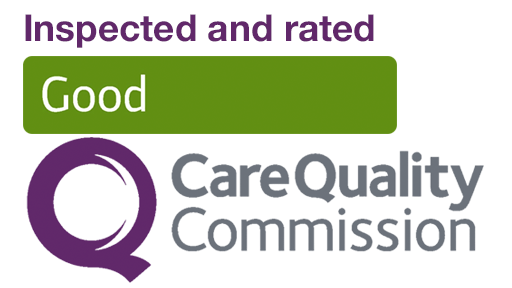In the UK, the provision of high-quality care for the elderly and vulnerable is a priority, and it is crucial to maintain standards that safeguard their well-being. The Care Quality Commission (CQC) plays a pivotal role in this process, as it is responsible for regulating and inspecting care homes across the nation. In this blog, we will delve into the significance of CQC ratings for care homes in the UK and how they ensure the delivery of exceptional care to residents.
- Safeguarding Residents’ Welfare
The well-being of care home residents is at the heart of the CQC’s mission. Through their comprehensive inspections, the CQC assesses how well a care home is meeting the essential standards of quality and safety. The ratings provide an objective evaluation of the care home’s performance, enabling potential residents and their families to make informed decisions regarding their choice of care facility. A high CQC rating serves as an assurance of a safe and nurturing environment for the elderly, instilling confidence and peace of mind in families entrusting their loved ones to the care home’s services.
- Promoting Accountability and Continuous Improvement
CQC ratings encourage care homes to continually strive for excellence. When a care home receives a rating, it serves as feedback on their strengths and areas for improvement. The feedback received during inspections becomes a roadmap for the care home’s management to enhance their services and make positive changes in care delivery. This focus on accountability and continuous improvement drives care homes to maintain high standards and constantly adapt to the evolving needs of their residents.
- Transparency and Public Trust
Transparency is a key element in fostering public trust in the healthcare system. By publishing CQC ratings openly, the commission ensures that the quality of care provided by each care home is visible to the public. Families seeking care options can access these ratings online and gain insights into the overall performance of the care homes they are considering. This transparency not only helps in making informed decisions but also encourages care homes to maintain high standards to maintain or improve their ratings.
- Regulatory Compliance and Legal Requirements
Care homes in the UK are required to meet specific legal standards outlined by the Health and Social Care Act 2008 (Regulated Activities) Regulations 2014. The CQC carries out checks to ensure that care homes comply with these regulations. Receiving a good or outstanding CQC rating is an indicator that a care home is in compliance with these requirements and is meeting or exceeding the expected standards of care. On the other hand, a poor rating can lead to interventions, including enforcement action, which may ultimately lead to the closure of the care home if significant improvements are not made.
- Enhancing the Reputation of Care Homes
A positive CQC rating can significantly enhance the reputation of a care home. Word-of-mouth and positive reviews from residents and their families can boost the care home’s image within the community and attract more residents seeking quality care. Conversely, a poor rating may have adverse effects on a care home’s reputation and hinder its ability to attract new residents.
Conclusion
The CQC rating system serves as a vital tool in ensuring that care homes in the UK provide exceptional care to their residents. By promoting accountability, transparency, and continuous improvement, the CQC ratings play an integral role in safeguarding the well-being of elderly and vulnerable individuals. For care homes, a positive rating signifies a commitment to excellence, fostering trust among residents and their families. Embracing the CQC’s assessments empowers care homes to maintain high standards, continuously improve their services, and provide the compassionate and dignified care that every individual deserves.


Recent Comments